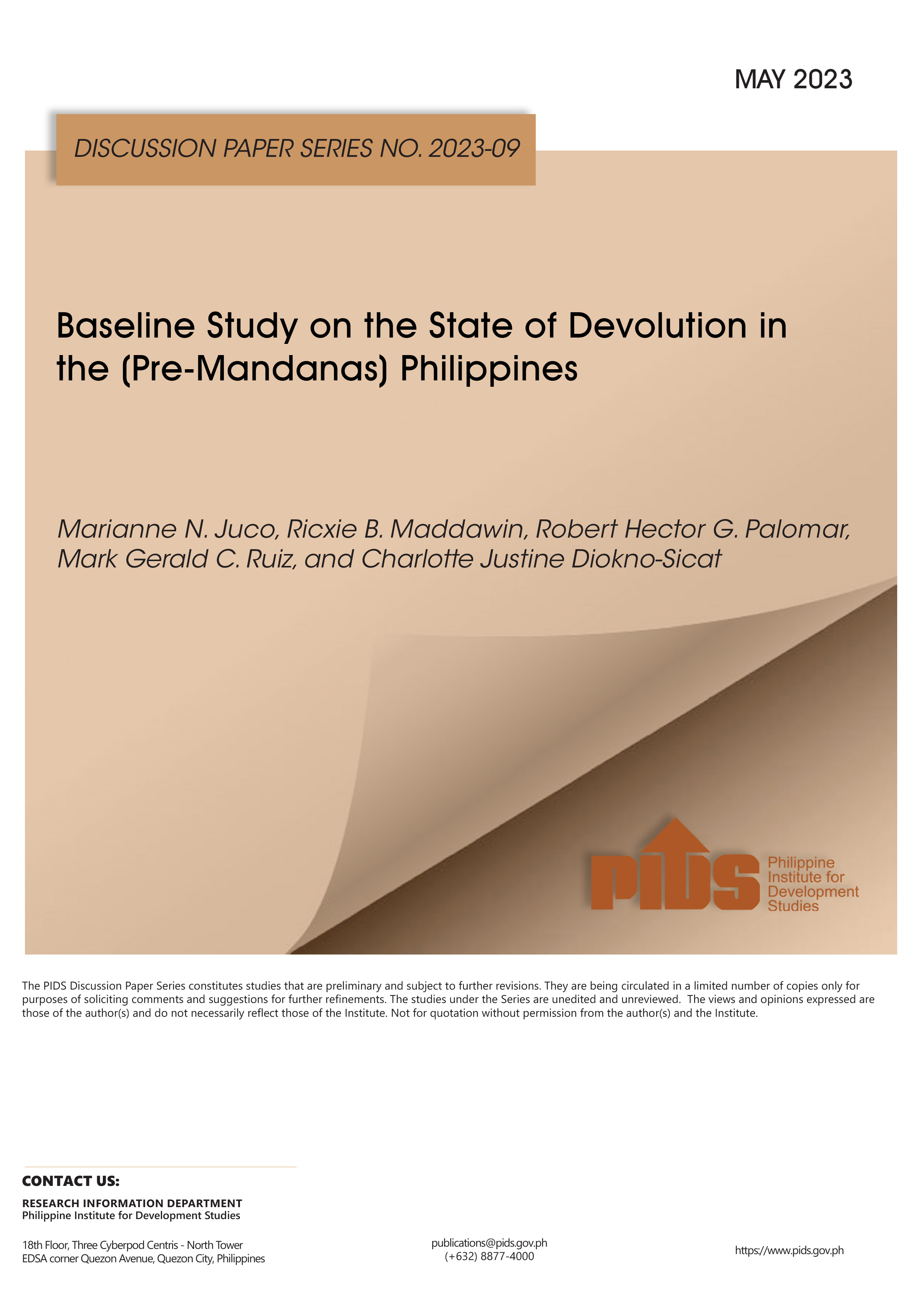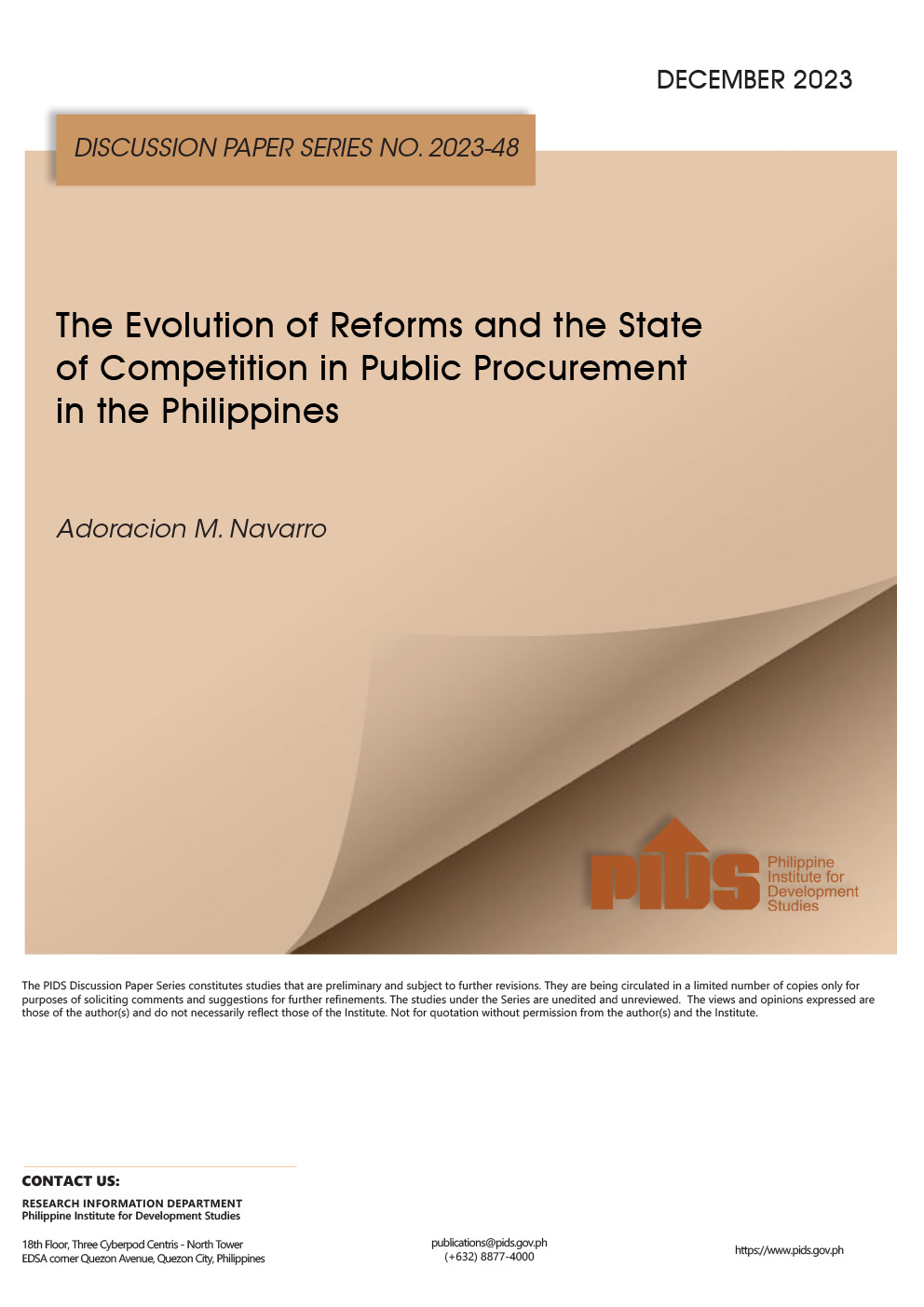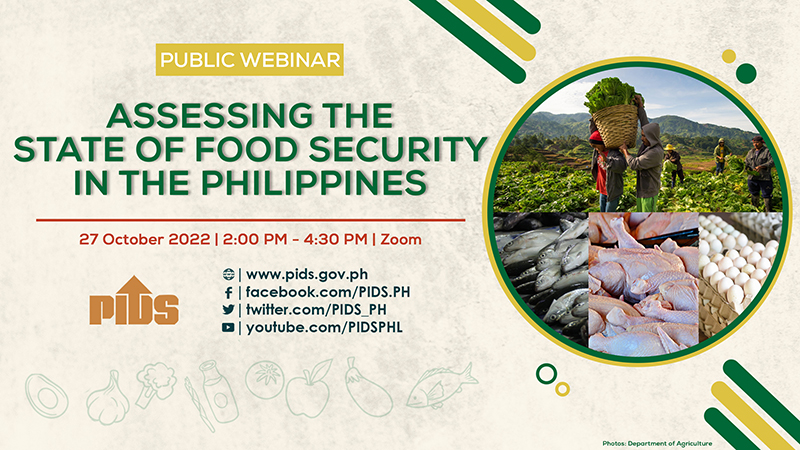The Philippine may have as much as 8.5 million cases of mild, severe and serious Covid-19 infections by September, with about a million deaths, under current quarantine restrictions and without additional interventions, preliminary simulations by researchers from the state-led Philippine Institute for Development Studies (PIDS) showed.
The cases of infection may be reduced to below 900,000, however, with strict isolation of at least 70 percent of symptomatic cases, better testing and contact-tracing, and strict social distancing, PIDS researchers Michael Abrigo, Jhanna Uy, Nel Jason Haw, Valerie Gilbert Ulep and Kris Francisco-Abrigo said in the discussion paper “Projected Disease Transmission, Health System Requirements, and Macroeconomic Impacts of the Coronavirus Disease 2019 (COVID-19) in the Philippines” released by PIDS on Tuesday, April 14.
The Philippine economy also stands to lose “between PHP276.3 billion (best case) and PHP 2.5 trillion (worst case) due to COVID-19,” with the number of workers cut by as much as half at the peak of the pandemic in the country, the researchers also said.
“The COVID-19 pandemic is not merely a public health issue but an economic and social one as well. The enhanced community quarantine (ECQ) is a step towards managing the health system’s limited resources, and buying time to buttress hospital and laboratory testing capacity, and equipping healthcare workers with proper protection. However, setting the economy on ‘freeze,’ for a longer period may cause unintended consequences,” the PIDS researchers said.
If the Philippines did not act ahead of the pandemic, infections would have reached nearly 19 million by August, the peak of infections, with cumulative deaths at 1.66 million, according to the disease transmission model developed by the PIDS researchers.
Extending the enhanced community quarantine, the current scenario, delays the peak to September, with 44 percent fewer infections or 8.44 million, and 1.02 million deaths.
This scenario will still overwhelm the healthcare system as it will require 1.5 million hospital beds, 454,000 ICU beds, 245,000 ventilators and 36.4 million sets of personal protective equipment.
More interventions such as better testing, isolation of patients at symptom onset, even with the partial lifting of the ECQ, will delay the peak to May or June 2021 and cut projected Covid-19 infections to 904,000.
“To summarize, extending the ECQ without other mitigation measures merely delays the progression of the outbreak and still results in a large number of cases. Aggressive efforts to implement early testing and, more importantly, earlier isolation of the majority of symptomatic cases to prevent them from infecting other susceptible individuals will be crucial to suppress the outbreak,” the PIDS researchers said.
The cases of infection may be reduced to below 900,000, however, with strict isolation of at least 70 percent of symptomatic cases, better testing and contact-tracing, and strict social distancing, PIDS researchers Michael Abrigo, Jhanna Uy, Nel Jason Haw, Valerie Gilbert Ulep and Kris Francisco-Abrigo said in the discussion paper “Projected Disease Transmission, Health System Requirements, and Macroeconomic Impacts of the Coronavirus Disease 2019 (COVID-19) in the Philippines” released by PIDS on Tuesday, April 14.
The Philippine economy also stands to lose “between PHP276.3 billion (best case) and PHP 2.5 trillion (worst case) due to COVID-19,” with the number of workers cut by as much as half at the peak of the pandemic in the country, the researchers also said.
“The COVID-19 pandemic is not merely a public health issue but an economic and social one as well. The enhanced community quarantine (ECQ) is a step towards managing the health system’s limited resources, and buying time to buttress hospital and laboratory testing capacity, and equipping healthcare workers with proper protection. However, setting the economy on ‘freeze,’ for a longer period may cause unintended consequences,” the PIDS researchers said.
If the Philippines did not act ahead of the pandemic, infections would have reached nearly 19 million by August, the peak of infections, with cumulative deaths at 1.66 million, according to the disease transmission model developed by the PIDS researchers.
Extending the enhanced community quarantine, the current scenario, delays the peak to September, with 44 percent fewer infections or 8.44 million, and 1.02 million deaths.
This scenario will still overwhelm the healthcare system as it will require 1.5 million hospital beds, 454,000 ICU beds, 245,000 ventilators and 36.4 million sets of personal protective equipment.
More interventions such as better testing, isolation of patients at symptom onset, even with the partial lifting of the ECQ, will delay the peak to May or June 2021 and cut projected Covid-19 infections to 904,000.
“To summarize, extending the ECQ without other mitigation measures merely delays the progression of the outbreak and still results in a large number of cases. Aggressive efforts to implement early testing and, more importantly, earlier isolation of the majority of symptomatic cases to prevent them from infecting other susceptible individuals will be crucial to suppress the outbreak,” the PIDS researchers said.










